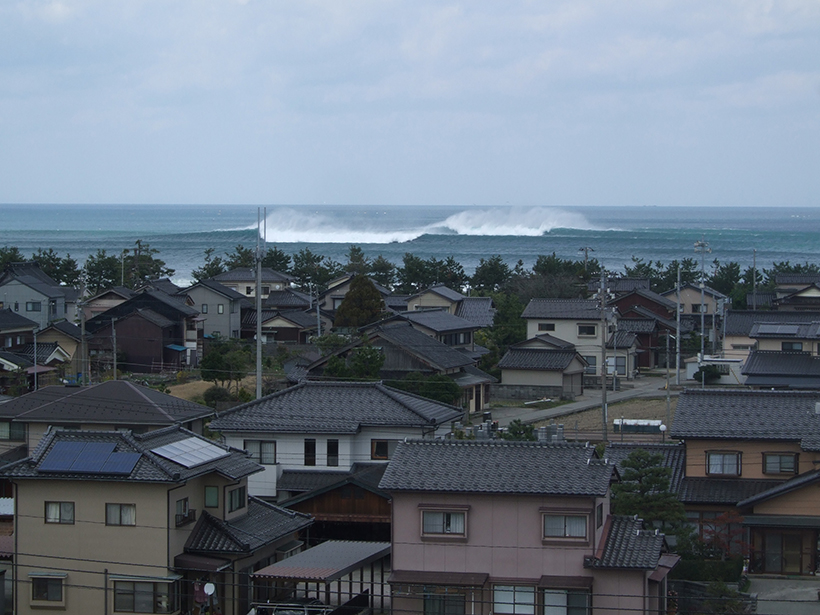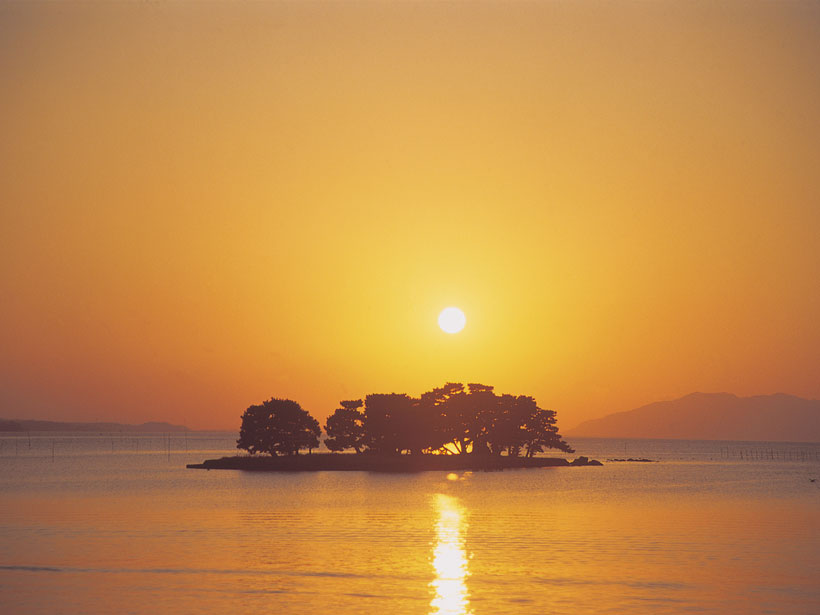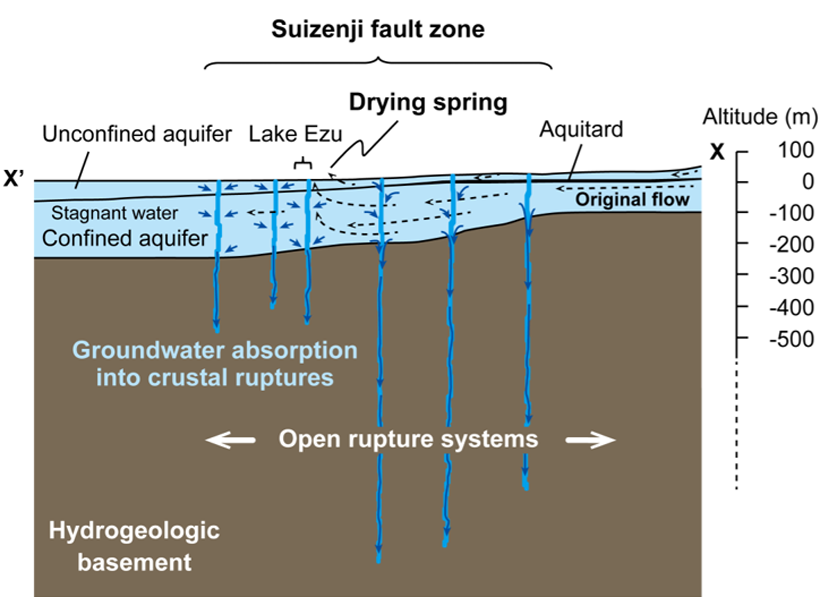The canyons act like a prism, focusing waves into mammoths of destruction.
Japan
Tiny Fireballs May One Day Reveal Unseen Asteroids
The tiny fireball that flew over Japan in 2017 came from an asteroid that could threaten Earth in 10 million years or so. Scientists are trying to use these little meteors to hunt larger objects.
Japan Puts Its Mark on Geologic Time with the Chibanian Age
The newly named period in the Pleistocene identifies a key moment in geological history: the last time Earth’s magnetic poles switched places.
Microphysics and Positive Lightning in Hokuriku Winter Clouds
The microphysics of the frequent, and frequently positive, lightning of Hokuriku winter clouds was investigated by systematic, in situ observation of individual precipitation particle type and charge.
How Land Use Affects Nutrient Pollution in a Changing Climate
As heavy rain falls more frequently, the land alongside a river has a greater effect on the waterway’s nutrient levels—for better or worse.
Groundwater Drawn Downward After Kumamoto Quake
A unique set of high-frequency groundwater level monitoring reveals a loss of approximately ten million cubic meters of groundwater after a major earthquake.
Earthquakes Shake Up Groundwater Systems
Increased permeability temporarily boosts water flow.
Déjà Vu: Understanding Subduction Zones’ Cycle of Seismicity
A unique geodetic data set from Japan’s Nankai subduction zone offers an unparalleled opportunity to study surface deformation spanning almost an entire seismic cycle.
Hiroshima Bomb Created Asteroid Impact–Like Glass
The glass rained from the sky as the bomb annihilated the Japanese city.
Unraveling the Origin of Slow Earthquakes
Different nucleation styles detected in five slow-slip events in the same area of Japan’s Ryukyu subduction zone suggest the physical properties along this tectonic plate interface change over time.










